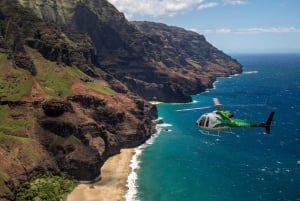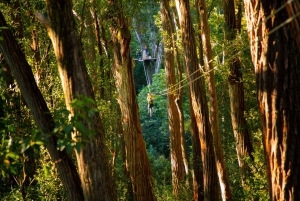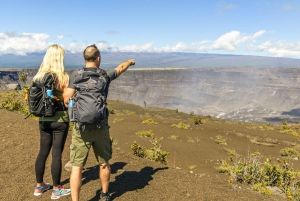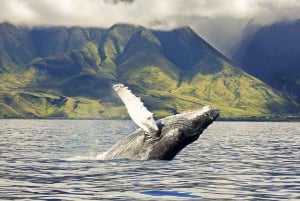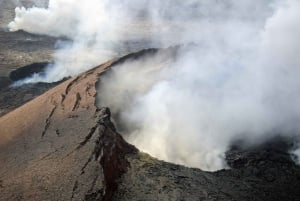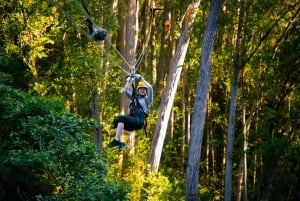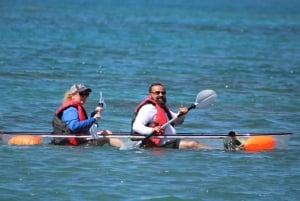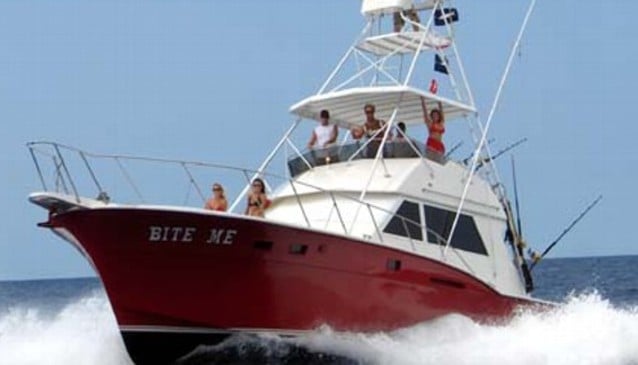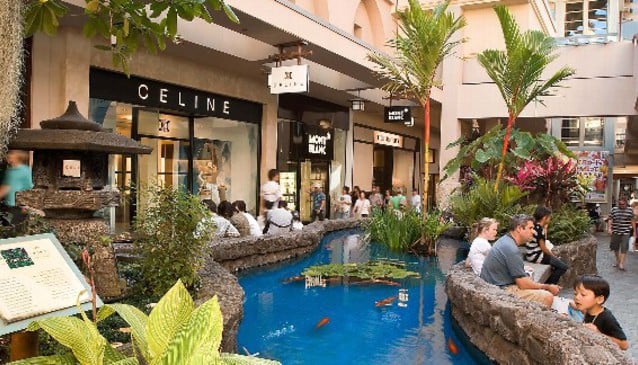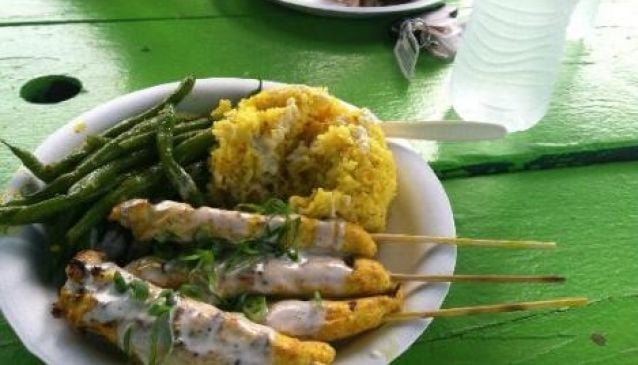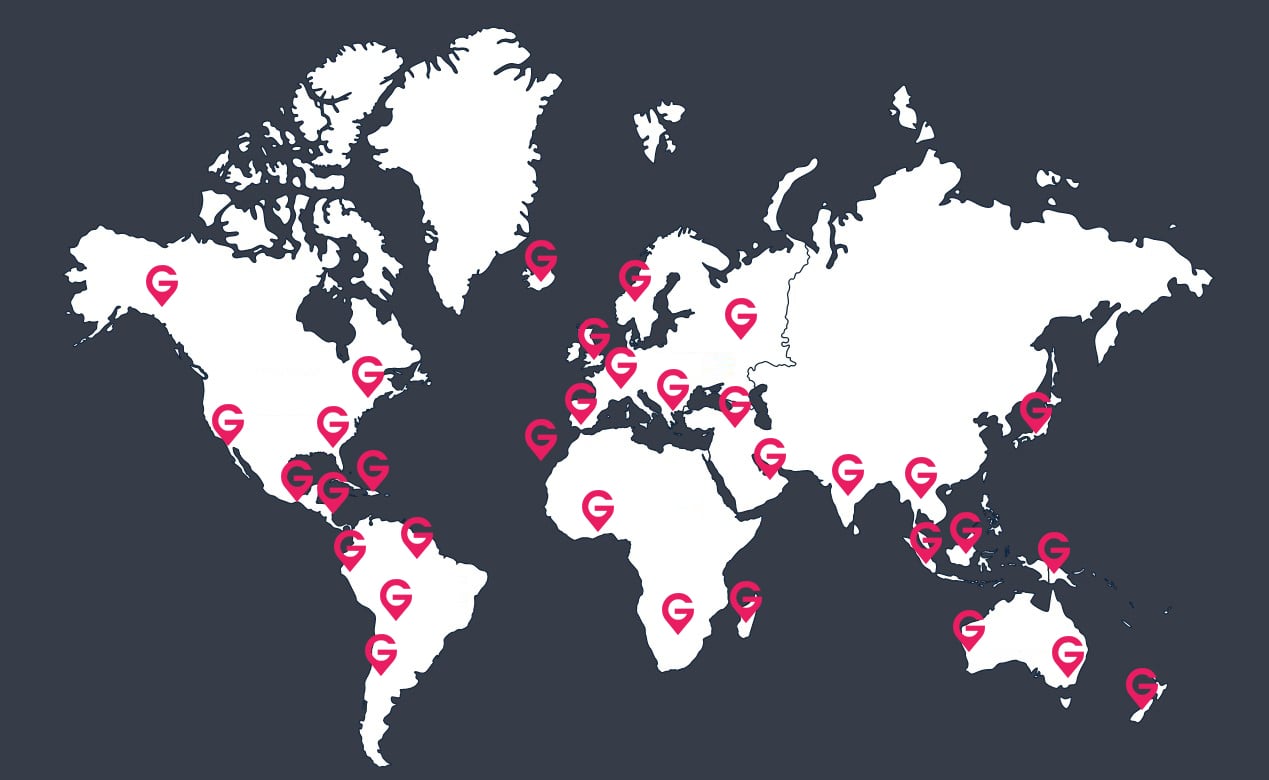Hawaii Useful Info
Before traveling to Hawaii, there are several important things to keep in mind to ensure a smooth, enjoyable trip. Here’s a guide covering essential travel tips:
1. Entry Requirements:
For U.S. Citizens: Hawaii is part of the United States, so no passport is required for U.S. citizens traveling from the mainland. A valid government-issued photo ID (driver's license or Real ID) is sufficient.
For International Travelers: A valid passport and possibly a visa or ESTA (for visa waiver countries) are required. You’ll clear U.S. customs at your point of entry.
2. Weather and Climate:
Warm Weather Year-Round: Hawaii has a tropical climate with warm temperatures year-round (typically 75–85°F or 24–29°C). The wet season runs from November to March, though rainfall is usually brief and localized.
Microclimates: Different parts of the islands can have varying weather. For example, Hilo on the Big Island is much rainier than Kona, and the north shores of islands (like Oahu’s North Shore) tend to be rainier than the south.
Sun Protection: The UV index is high, so pack reef-safe sunscreen, sunglasses, and a hat.
3. Best Time to Visit:
Peak Season: Summer (June to August) and winter holidays (December to January) are the busiest times. Prices for accommodation and flights are higher, and attractions can be crowded.
Off-Season: April to early June and September to mid-December are quieter, with fewer tourists and better deals on hotels and flights. Weather is still great during these times.
4. Accommodation:
Book Early: Hawaii is a popular destination, so it’s a good idea to book accommodation well in advance, especially during peak seasons.
Vacation Rentals: Consider renting a condo or vacation home for longer stays, especially in more remote areas. Have a look at our Accommodation section.
Resort Fees: Many hotels charge daily resort fees, which can add $30–$50 to your bill per night. Make sure to account for this in your budget.
5. Transportation:
Car Rental: Renting a car is highly recommended for most islands, especially if you want to explore beyond resort areas. Public transportation is limited, and taxis or rideshares can be expensive. Have a look at our Car Rental Section.
Inter-Island Travel: Hawaiian Airlines, Southwest Airlines, and Mokulele Airlines offer flights between islands. There are no regular ferries between most islands (except between Maui and Lanai/Molokai), so flying is usually the best option for island hopping. Have a look at our flights section.
Parking: In areas like Waikiki, parking can be expensive and scarce. Some hotels charge for parking, so check ahead.
6. Health & Safety:
Vaccinations & Health Requirements: There are no special vaccinations needed for Hawaii. However, check for any updated health regulations or travel advisories related to COVID-19 or other diseases before traveling.
Ocean Safety: Pay attention to local beach warnings and signs about currents, jellyfish, or other hazards. Even experienced swimmers should take caution, as Hawaiian waters can be unpredictable.
Mosquito Repellent: While Hawaii doesn’t have malaria or other major mosquito-borne diseases, some areas, especially rainforests, can have mosquitoes. Bring insect repellent.
7. Cultural Etiquette: VERY IMPORTANT!
Respect for Nature: Hawaiians have a deep respect for the land (ʻāina). Avoid disturbing wildlife, littering, or removing natural objects (like rocks or sand) from beaches and parks. It's illegal to take rocks or sand from national parks.
Aloha Spirit: The “Aloha Spirit” embodies kindness, respect, and hospitality. Show appreciation for local customs, greet people with “Aloha,” and be patient and friendly.
Sacred Sites: When visiting places with cultural or historical significance (e.g., heiaus, ancient Hawaiian temples), be respectful by not climbing or touching sacred structures.
8. Travel Costs:
Budget for Higher Prices: Hawaii can be expensive, especially for dining out and groceries. It’s a remote location, and most goods are imported, which increases costs. If staying in a condo, cooking some meals can save money.
Tipping: Like on the U.S. mainland, tipping is customary (15-20% for restaurants, and tipping for hotel staff, valet, and tour guides is expected).
9. Local Cuisine:
Try Hawaiian Food: Sample local favorites like poke (raw fish salad), kalua pork, laulau (pork wrapped in taro leaves), and loco moco (rice topped with a hamburger patty, fried egg, and gravy).
Farmers Markets: Hawaii has amazing farmers markets where you can buy fresh, local produce, including exotic fruits like passionfruit (lilikoi), papaya, and dragon fruit.
Plate Lunch: A popular local meal that typically consists of rice, mac salad, and a protein like chicken, pork, or fish.
10. Popular Activities:
Hiking: Hawaii offers incredible hiking trails ranging from easy to advanced. Some popular hikes include the Diamond Head Crater (Oahu), Haleakalā Crater (Maui), and Waimea Canyon (Kauai).
Snorkeling & Diving: Hawaii is home to world-class snorkeling and diving spots. Popular areas include Hanauma Bay (Oahu), Molokini Crater (Maui), and Kealakekua Bay (Big Island).
Cultural Experiences: Attend a traditional Hawaiian luau, learn about Polynesian culture at the Polynesian Cultural Center (Oahu), or visit the Bishop Museum (Oahu) for Hawaiian history.
11. Environmental Protection:
Reef-Safe Sunscreen: Hawaii has banned sunscreens containing harmful chemicals like oxybenzone and octinoxate to protect its coral reefs. Be sure to bring or buy reef-safe sunscreen.
Reduce Plastic Use: Hawaii is focused on sustainability, so bring reusable water bottles, shopping bags, and avoid single-use plastics where possible.
12. Time Zone:
Hawaii-Aleutian Standard Time (HST): Hawaii does not observe Daylight Saving Time, so in the summer it’s 3 hours behind Pacific Time, and in the winter, 2 hours behind.
13. Language:
English & Hawaiian: English is the main language spoken in Hawaii, but you’ll also see and hear Hawaiian words. Some common phrases include:
Aloha: Hello, goodbye, love.
Mahalo: Thank you.
Ohana: Family.
Kokua: Help, assistance.
14. What to Pack:
Light Clothing: Since Hawaii has a warm, tropical climate, pack light, breathable clothing.
Swimwear & Cover-Ups: You’ll likely spend a lot of time at the beach or pool.
Comfortable Shoes: For hiking and walking around towns or resorts.
Rain Jacket: Hawaii can experience brief showers, especially in rainforests and on the windward sides of the islands.
15. Natural Disasters:
Volcanic Activity: The Big Island is home to active volcanoes, and eruptions can occasionally disrupt travel. Check current volcano activity and advisories before visiting.
Tsunami Warnings: Hawaii is prone to tsunamis. Familiarize yourself with evacuation routes, especially if staying in coastal areas.
Hurricanes: While rare, hurricane season is from June to November.
Being prepared with these insights will help make your Hawaiian vacation more enjoyable and respectful of the unique culture and natural beauty of the islands!
If there is anything that you don't find in these pages, but need to know before you decide to travel to Hawaii, feel free to reach out to our local experts on the ground "Contact Us" link.



